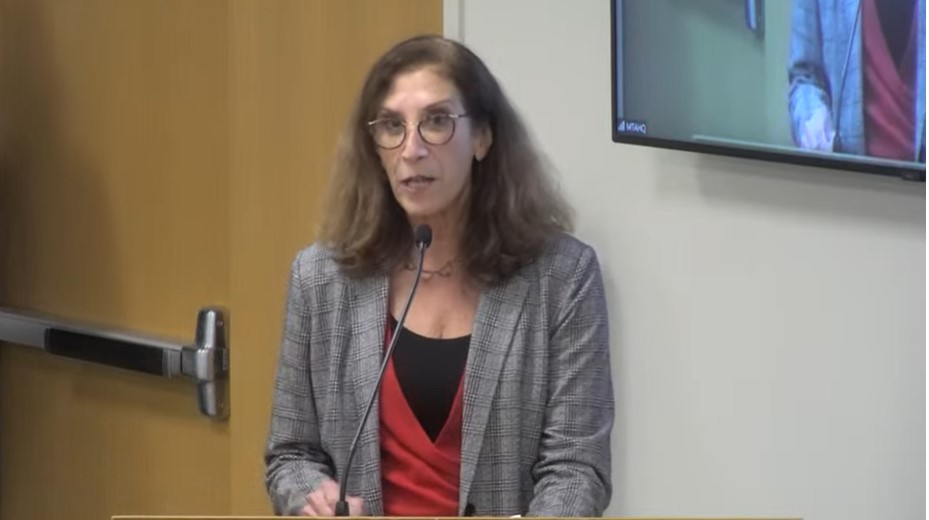Good afternoon, I’m Lisa Daglian, Executive Director of the Permanent Citizens Advisory Committee to the MTA, PCAC.
Today you’re going to be asked to move almost $2 billion in projects for approval tomorrow. We’re encouraged that accessibility projects make up the lion’s share of the projects, and by the bundling of projects to save time and money. It’s a good example of lessons learned being applied in action. Design-build figures heavily into the contracts and we’re hopeful that they are also applied to ensure these projects are built better, faster and cheaper, as well.
Another example of lessons learned that we would love to see more of – and will do whatever we can to help facilitate – is expanded use of the Elmont Station funding model, where UBS arena developers paid for more than 90 percent of the project cost. A perfect example of the next stop for a similar agreement should be for upgrades to the LIRR and 7 train at Mets-Willets Point in anticipation of the Willets Point project. Neither station is accessible, and the tremendous influx of residents, sports fans and those going to newly created jobs is going to demand a better stop for all. The demand is already there, but funding hasn’t been. The opportunity presents itself; let’s work together to make it so – and let’s start now. Transit improvements should automatically be “baked in” to developments that increase demand on stations and service, both in terms of capital funding and operational support, particularly on game days.
Similarly, InnovationQNS will see thousands of new apartments added to Astoria, in an area bordered by four subway stations and numerous bus stops. Countless thousands will take advantage of all the new community has to offer – and hopefully, they’ll get there by transit. It’s only logical that the developers be expected to contribute to improving transit infrastructure to support the growth and need they are creating.
These new developments show that our city and region are bouncing back. Transit will be key to that success. Investing in transit should be an intrinsic part of investing in the city. We want to see more $2 billion days, but congestion pricing won’t be able to do it alone. It’s time to add new and more funding tools to the mix.
